The meals of pasta and macaroni with zucchini have different parts and types. I want to tell you all about the types of macaroni and spaghetti in that article.
Pasta is one of Italy’s most important staple foods, and the country sends out 1.5 million tons of it every year.
Unsurprisingly, we are pasta lovers. Pasta is quick and easy to make, tastes great, and is suitable for any meal of the day.
You may serve it with veggies, meatballs, white sauce, tomato sauce, or anything else you choose. Pasta can be made and eaten in many different ways, such as by cooking it in a dish, adding it to soups or salads, or eating it in any other way.
Different types of macaroni and pasta
The different parts and types of macaroni, or you can say pasta, have a lot of differences in the world. I will tell you most of that in the following sentences.
Pastas:
How well-versed in the many pasta varieties are you? You probably don’t know a lot about pasta unless you are a qualified chef or a student of culinary arts. Pasta comes in more than 600 distinct variations.
Pasta varieties may be identified by their constituent parts, as well as by their shape, size, and texture. The following paragraphs list the most popular pasta varieties and how to make them. Stay
Noodles come in medium and long lengths:
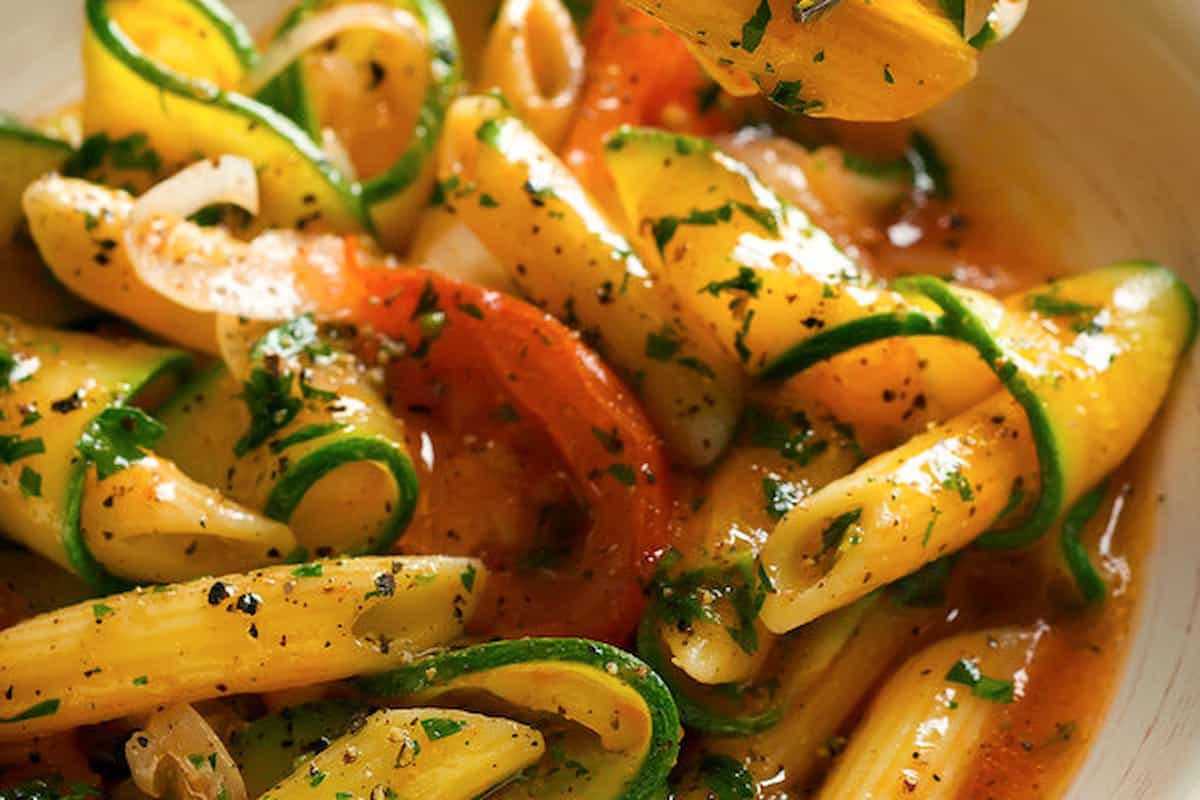
Long and medium spaghetti are the most frequently offered kinds. This article discusses both long and medium spaghetti.
Pasta:
Spaghetti is one of the most widely eaten forms of pasta in the world. Spaghetti is referred to as “thin strands” in Italian. This macaroni is 10 cm in length and are long, thin cylinders. Pasta is often served topped with different ingredients, such as sauces, meat, veggies, and so on. Our family’s go-to pasta dish is spaghetti topped with marinara sauce, meatballs, and mushrooms.
Spaghettini:
If you’ve ever ordered “spaghetti” and thought you were getting thin noodles instead, you really got spaghettini. Is! Similar to spaghetti, is spaghettini.
Spaghettini’s length is less than that of spaghetti (but thicker than vermicelli). Many individuals think that the flavor of the food is unaffected by the thickness of the spaghetti. Whether it is served with sauce or olive oil, spaghetti is wonderful. This spaghetti is elegant and appealing to the eye.
Fettuccine:
Fettuccine is a long, thin kind of pasta that is often cooked with Alfredo sauce. You can find me with a bowl of fettuccine at every meal.
Bucatini
straw-like pasta? Similar to spaghetti but with a wider center hole, bucatini is a kind of pasta.
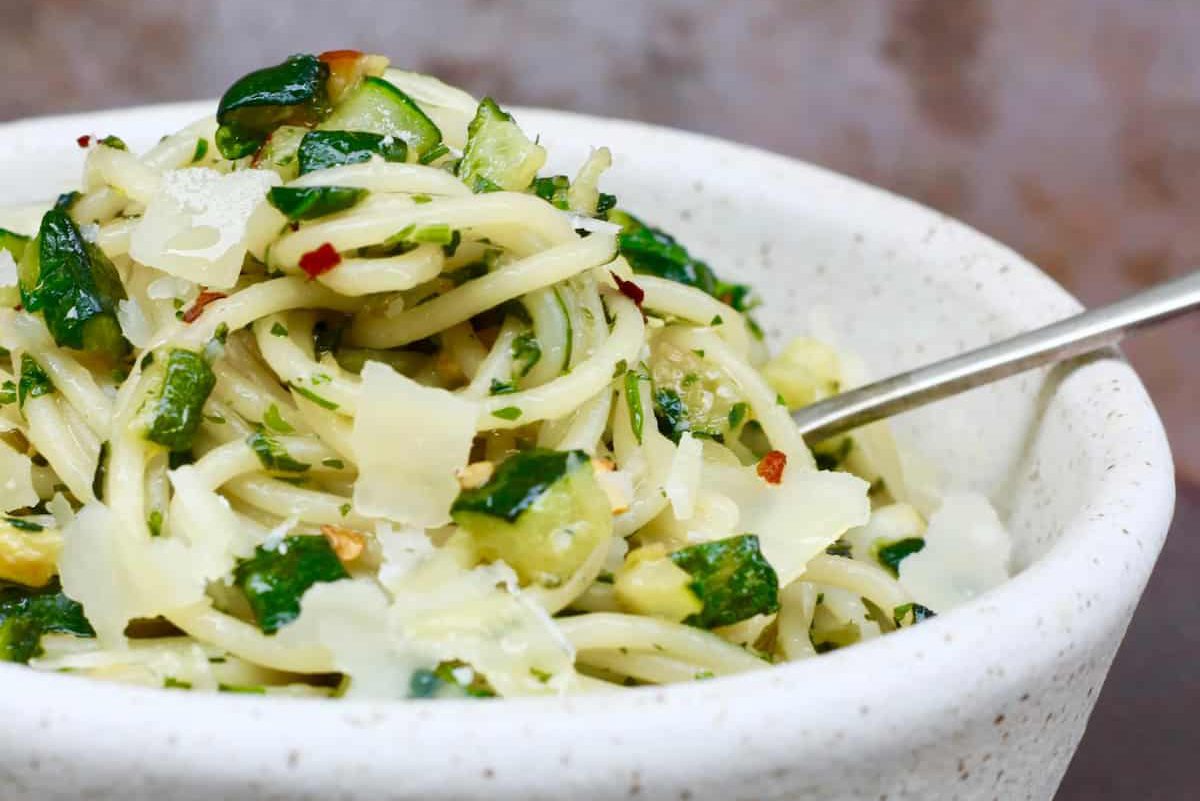
The terms “buco” and “bucato” are the roots of the word “bucatini”. Because of the hollow core of this sort of pasta, it is able to suck up as much sauce as possible, making each and every mouthful delightful. vibrant and tasty
Linguini:
Linguine is a more substantial alternative to spaghetti. Pasta with oysters is a famous dish at well-known Italian restaurants. Linguine is utilized by some.
lasagna:
Is lasagna an unknown? One of the most popular meals in North America, it is composed of pasta, tomato sauce, meat, cheese, and veggies. Lasagna varieties include beef, vegetarian, and seafood.
Mafalda:
Mafalda, commonly written as mafaldine, is a form of long, rectangular pasta that has wavy edges. Mafalda is comparable in form and size to lasagna, but it is considerably thinner (between a half and three-quarters of an inch) than lasagna. Mafalda is available in both 25-centimeter and 1.5-centimeter strips. This spaghetti mixes nicely with meat that has been chopped or minced and rich, creamy sauces.
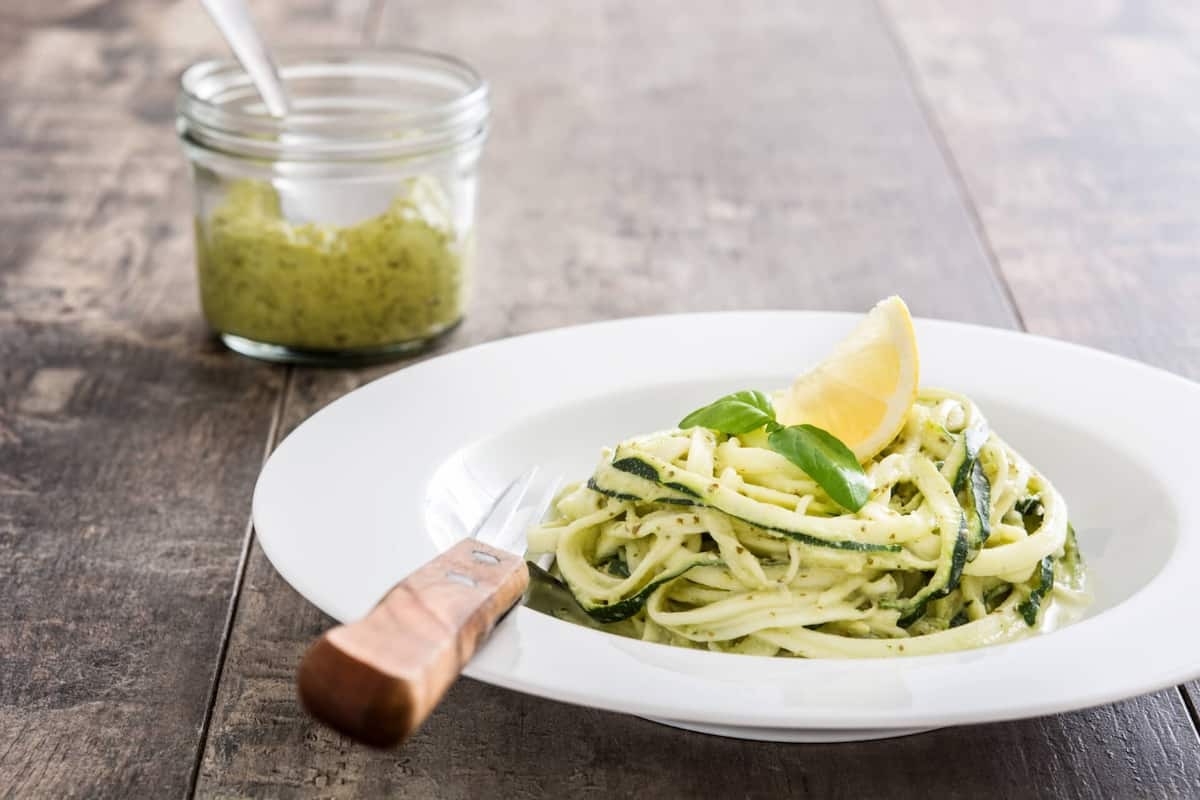
fossil:
Fusilli is from the southern area of Italy. Because the grooves are able to accommodate a substantial number of ingredients, these thick noodles are a good option for spicy recipes. The spiral design of the fusilli makes it easy to swallow every last drop of the delectable sauce.
Pasta:
Who doesn’t like pasta? Pasta has always been one of our favorites. The elbow shape of pasta is the most versatile.
produced in Italy. “Elbow pasta” gets its name from the curled arm that resembles an elbow. This spaghetti can be added to soups, pasta dishes, cheese sauces, and vegetable sauces, among other things. After all, macaroni and cheese are very well known.
penne:
Penne, which means “cotton” or “feather” in Italian, is a well-liked pasta variety all over the world. Medium-length hollow tube pasta that has been sliced diagonally at both ends is excellent for combining with sauces and seasonings.
Some producers of pasta produce 10-cm penne. Penne pairs particularly well with meats, vegetables, and sauces that are savory and rich. Smooth penne is simply referred to as “penne” to differentiate it from rigat penne.
Penrigate:
The Rigit pen’s exterior is quite striking, and the body is grooved. The vertical ridges that give penne its distinct texture also prevent sauces from sinking to the bottom of the dish.
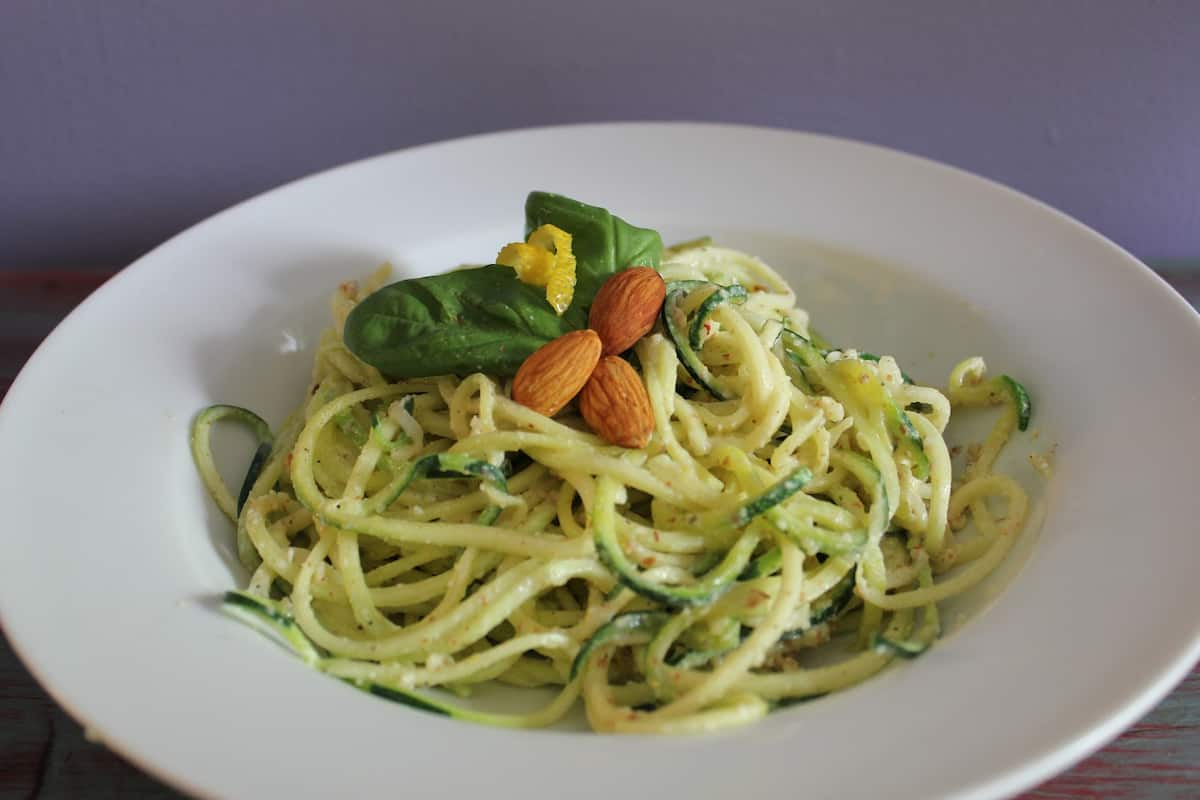
Pacheri
The regions of Campania and Calabria are quite fond of this spaghetti. Although this kind of pasta is often made with broad, smooth tubes, it may alternatively be produced with teeth and given the name paccherimillerighe. Before eating, cheese or tomato sauce are often added. A delicious meal may be made using pacheri. Garlic is not often consumed with pacheri. It’s important to gently prepare the pacharis.
Rigatoni:
A big, flat-cut pasta tube is known as rigatoni. It may be entirely straight or somewhat curved, depending on how it was produced and cut. Its diameter and length may also change. Since it will always have grooves, this pasta will never be formed like a bow. The body’s ridges are great at absorbing cheese and sauces.
Tortiglioni
Tortiglioni are a kind of pasta, but they are bigger and feature ridges that are twisted rather than vertical. In addition to making the body look nice, the spiral grooves help keep sauces on the body.
Selantani:
Cork-shaped pastas are known as cellentani or cavatappi. The form of this ridged spiral pasta is helical. This light-yellow pasta is a distinctive culinary choice since it is manufactured without eggs. With this pasta, you can make soups and salads. If you want the food to look as delicious as it tastes, you can also add a few drops of red or green food coloring.
boss:
Chifer is both narrower and shorter than elbow pasta. Both the lishe and rigati varieties of this kind of pasta are offered (grooved). This pasta’s taste is well complemented with macaroni and cheese.
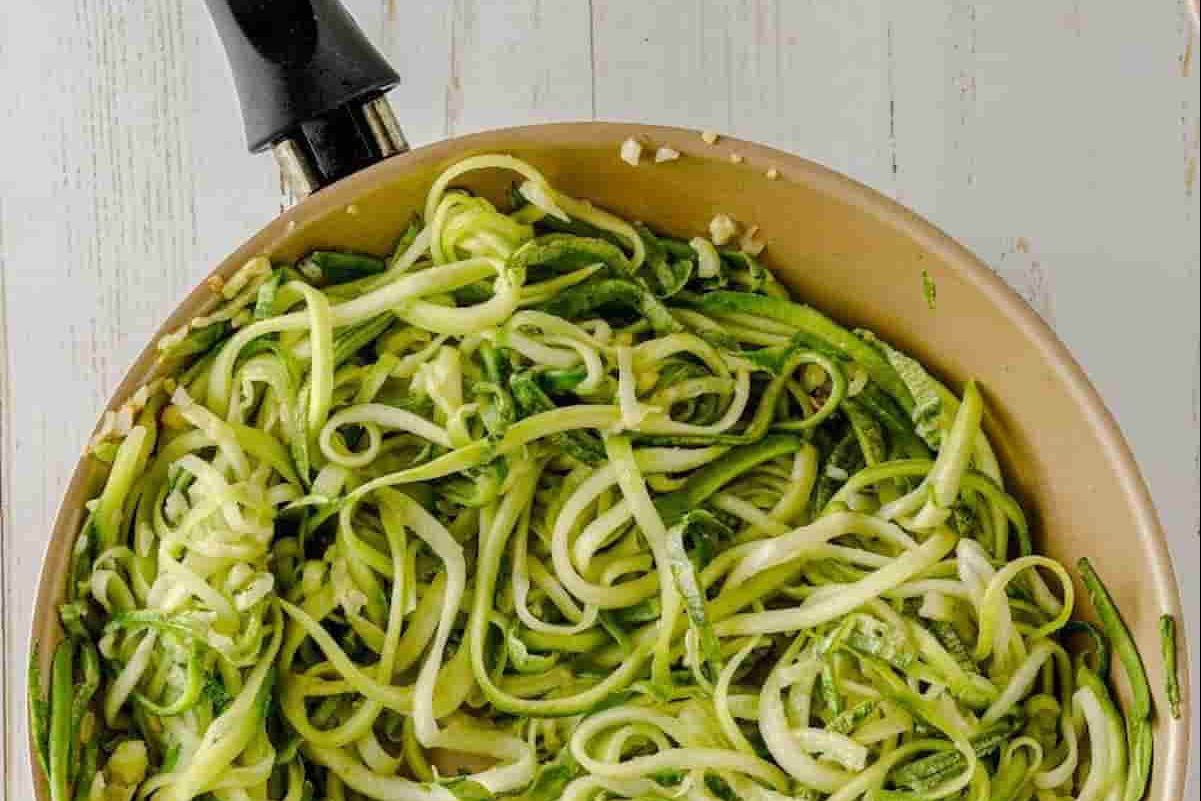
Zucchini macaroni with different meals
If you want to try different foods and meals in your kitchen, I recommend starting with macaroni and zucchini because they have simple recipes to compare with other foods.
pasta:
These days, cut pasta is the most popular kind of pasta consumed.
Tuberace:
Tobi Rigat has an amazing taste. It resembles the shell of a snail. These pipes contain two apertures, one of which is rather large and the other of which is fairly tiny and almost shut. Both creamy and fatty sauces go nicely with this pasta.
Farfalle:
Farfalle is the prettiest kind of pasta. The farfalle has a gathering in the center that resembles a bow tie, and it has intricate cuts for both taste and beauty. Pasta known as farfalle, which may be served warm or cold, resembles a butterfly with its wings open. Farfalle is a type of pasta that can be cooked with different meats and vegetables or eaten cold in salads.
Orecchiette:
The word “orecchiette” means “small ears,” yet this dish is far from small. Pasta like this has been around since the 12th century and is still popular today. It pairs nicely with ricotta sauce, pancetta, and other such toppings. Concave, grooved pasta is a fantastic accompaniment to ricotta sauce and broccoli. textural broccoli that has a bite.
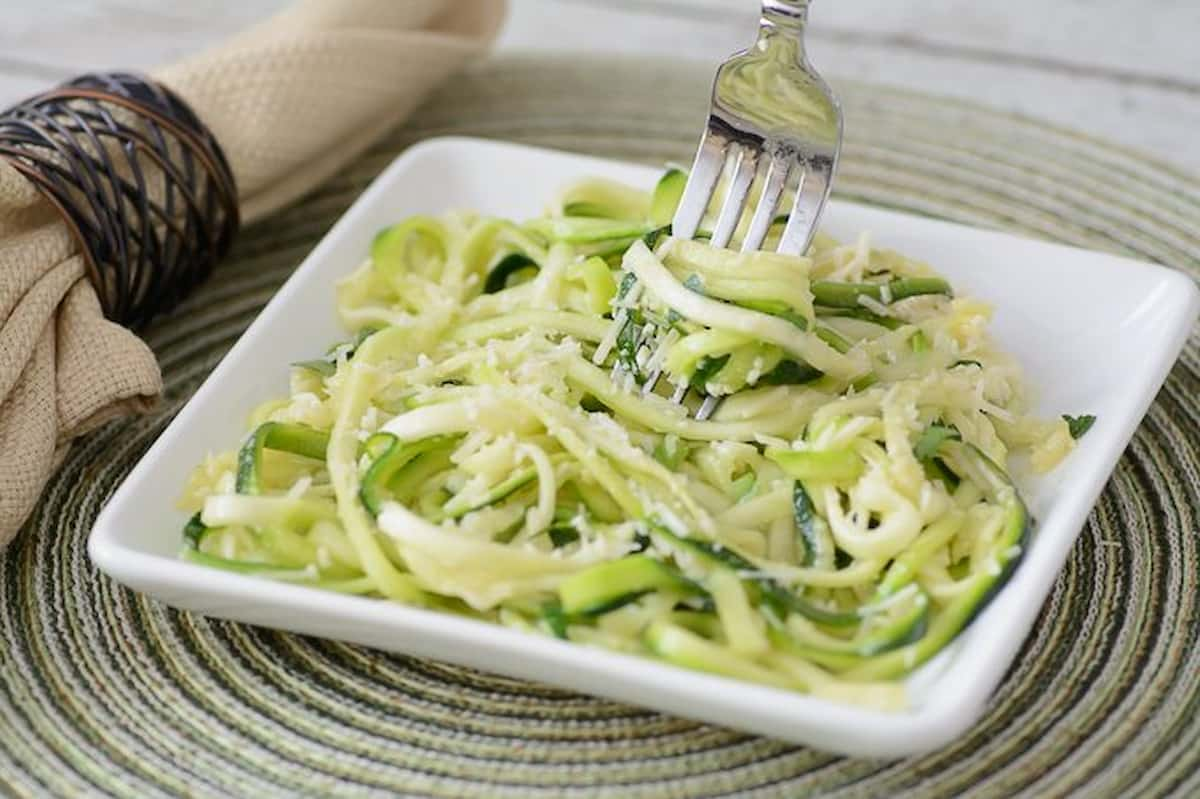
Rotel:
Rutel pasta, which has a wagon wheel form, is popular among kids. pasta in the form of a wagon wheel. Young folks like this kind of pasta. It pairs very nicely with salads or heavy sauces. You may add additional flavor and scent to your soup by adding Rotel.
Rotunda:
Rotund farfalle has different margins than regular farfalle. A farfalle rotonde has rounded edges rather than zigzag ones. This little pasta is around the same size as farfalle in terms of size. Tripolini Farfallerotonde is smaller.
Cipheririgate:
There’s a chance that some people may confuse Fraser the cheese with macaroni. The reality is much different. The pasta is in the shape of an elbow that has been rotated 180 degrees. Pasta is far less delicate than chebferi. Cheefer Fraser is the name of a kind of elbow-shaped macaroni.
Pasta:
We hardly ever use pasta in our soups or other meals. The material on this page is about tiny pasta.
Orzo:
It’s easy to mistake a bag of wishes for a sack of rice. Orzo resembles rice but isn’t rice. The name of this kind of pasta comes from its resemblance to barley. Orzo has a similar look to bigger rice grains and oats.
Rozzi literally means “large rice” in Italian. Since it is prepared all around Italy, orzo is not a regional food there. You may serve orzo with a wide range of soups, salads, meats, and veggies. One gourmet pasta is orzo.

Konchigli:
Pasta shaped like a cone Similar to many other pasta varieties, conchelli can take on a lot of sauce without becoming mushy. When used in soups and other recipes, kancheli is wonderful.
If the conical form of this little pasta appeals to you, it is also offered in greater quantities. The conchiglioni are bigger than the conchigli in size.
Pasta-stuffing:
It is plausible to assume that this exquisite pasta is made in Italy, even if its main location and neighborhood are unknown. Stelin is a kind of star-shaped mini-pasta. Because of its size and shape, eslin can be used in many different kinds of soups, giving each bite a flavor that is both delicate and unique.
Italian pasta comes in a variety of sizes that are indicated by the suffixes ‘ini’ and ‘oni’. Pasta ending in “-ini” is shorter than pasta ending in “-oni.”
It is hard to mention every kind of pasta since there are hundreds of them. In this article, we covered some of the most popular and often used pasta varieties that are readily accessible and may be made in a number of ways. Judging by these chats, what do you do with your leisure time on the weekends?
Pasta FAQs:
- How many distinct pasta kinds are there?
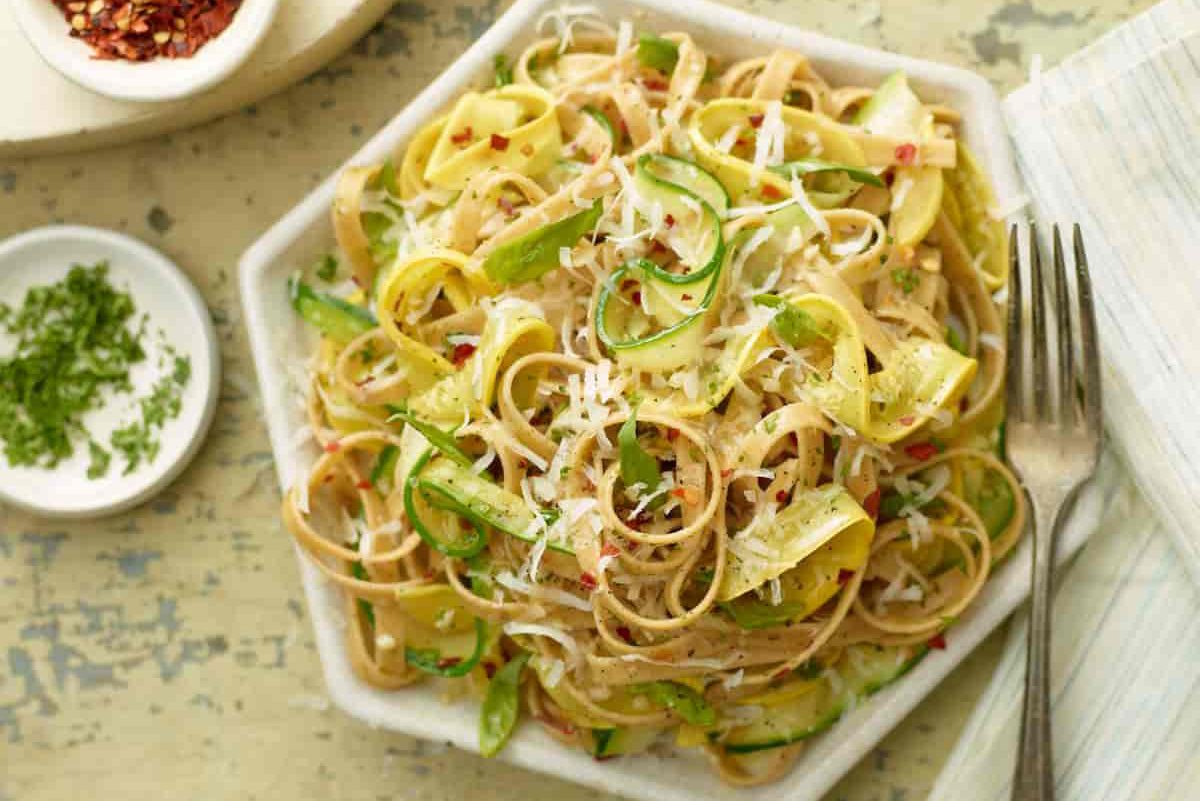
There are said to be 350 distinct types of pasta. In Italy, for example, different regions have different names.
The ideal pasta?
The 10 healthiest methods for cooking pasta Spaghetti is a long, thin form of pasta that may be paired with ravioli, linguini, rigatoni, farfalle, fusilli, and cannelloni, among other pastas, as well as sauces.
Pasta or macaroni?
The name of the dish is derived from the elbow shape of macaroni. Before the 1980s, dry spaghetti was not thought of as a kind of pasta.
Would you like some pasta?
Rice has 117 calories per 100 grams, compared to the 160 calories in 100 grams of pasta. If you are trying to lose weight and are on a diet that limits the number of calories you can eat, choosing rice over pasta may help.
5.Healthier pasta to eat?
Whole-wheat spaghetti is the healthiest kind of pasta. A vegetarian pasta made with semolina or durum wheat flour, pureed carrots, zucchini, and spinach, and served with pesto. lentil or chickpea-based pasta. The spaghetti is prepared without gluten using maize or rice starch.
Which kind of pasta is best for losing weight?
Whole-wheat pasta or legume and bean noodles are better options for dieters since they include more protein and fiber. Although zoodles and other vegetarian “pasta” options have fewer calories than regular pasta, you should still eat them alongside a protein source.
Is spaghetti calorie-dense?
Pasta doesn’t make you fatter or heavier. The weight has just slightly decreased.
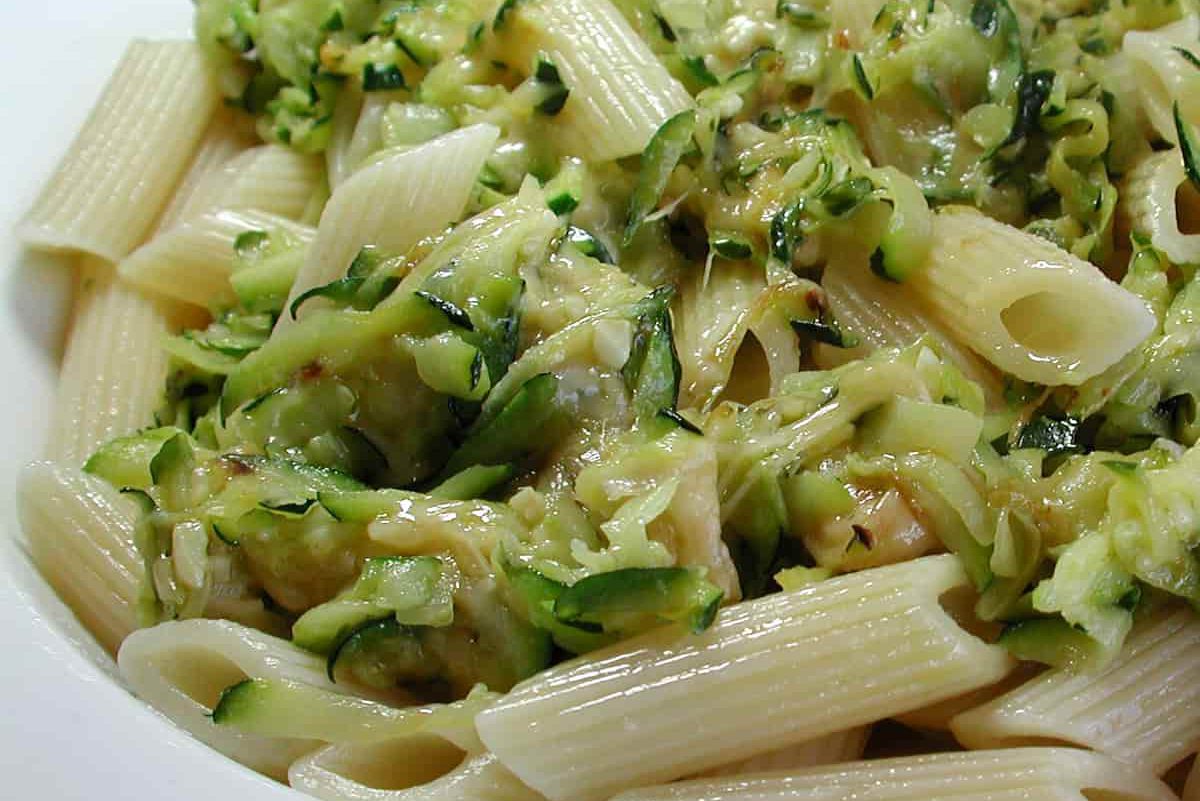
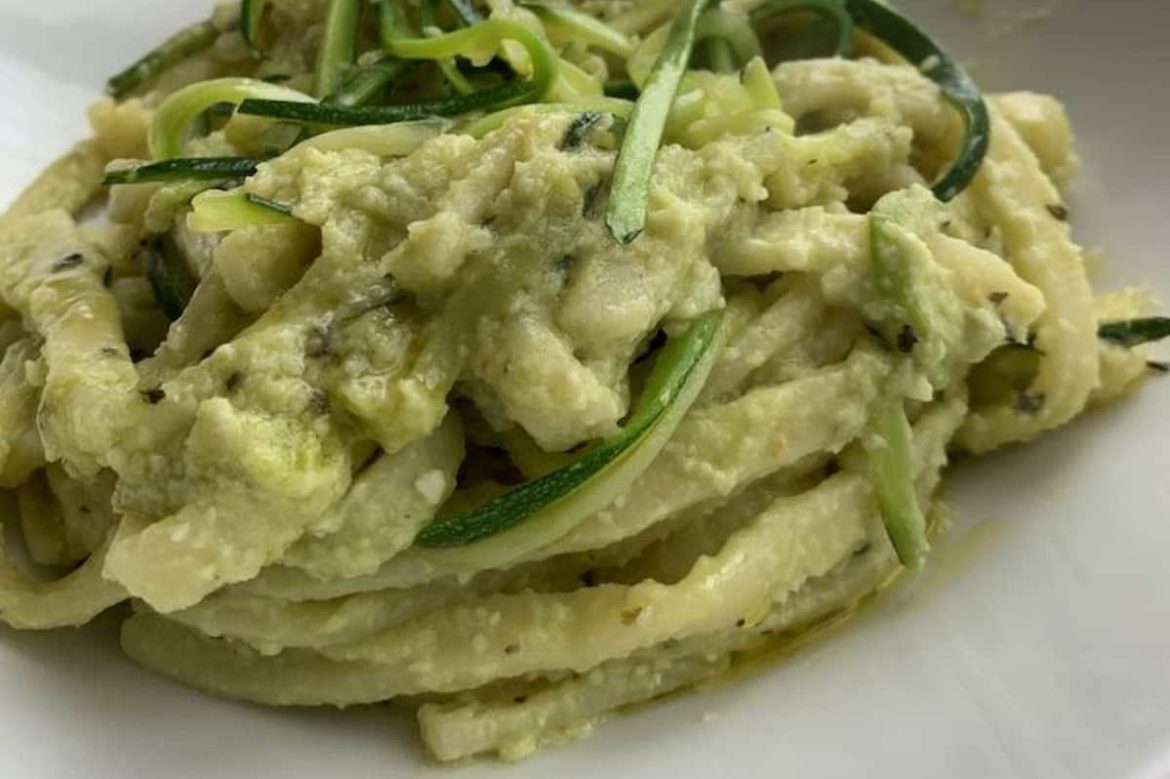
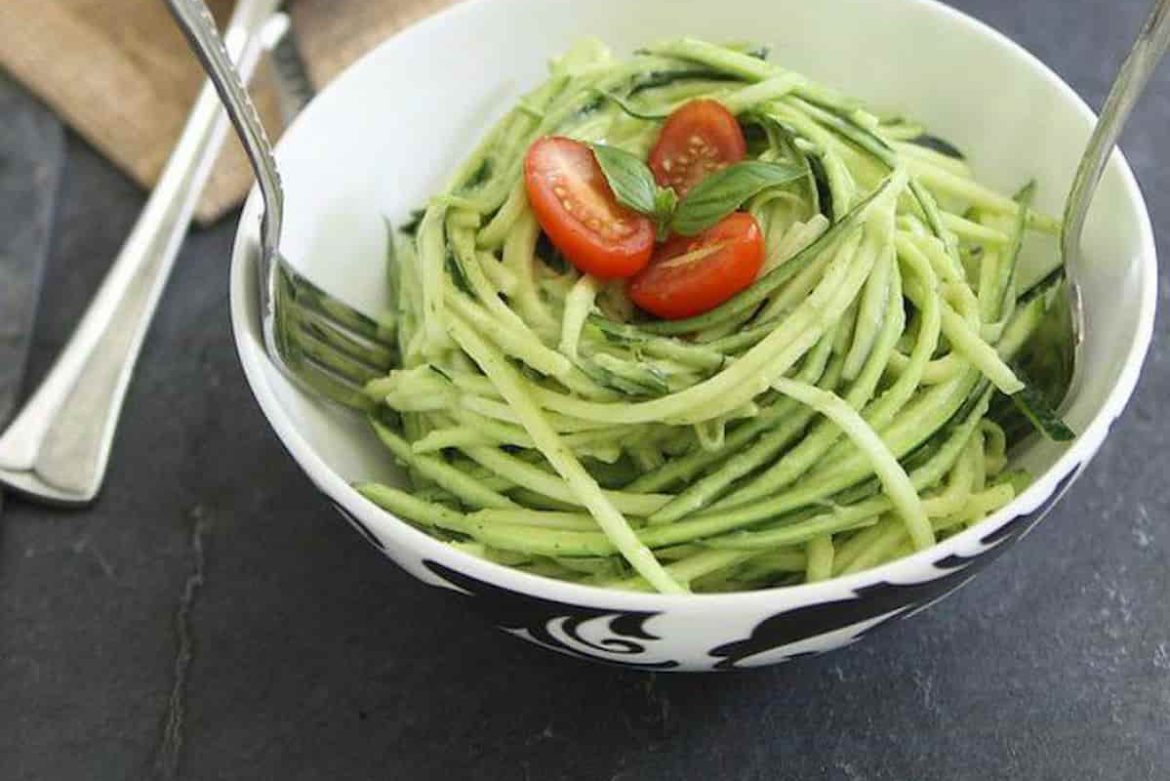
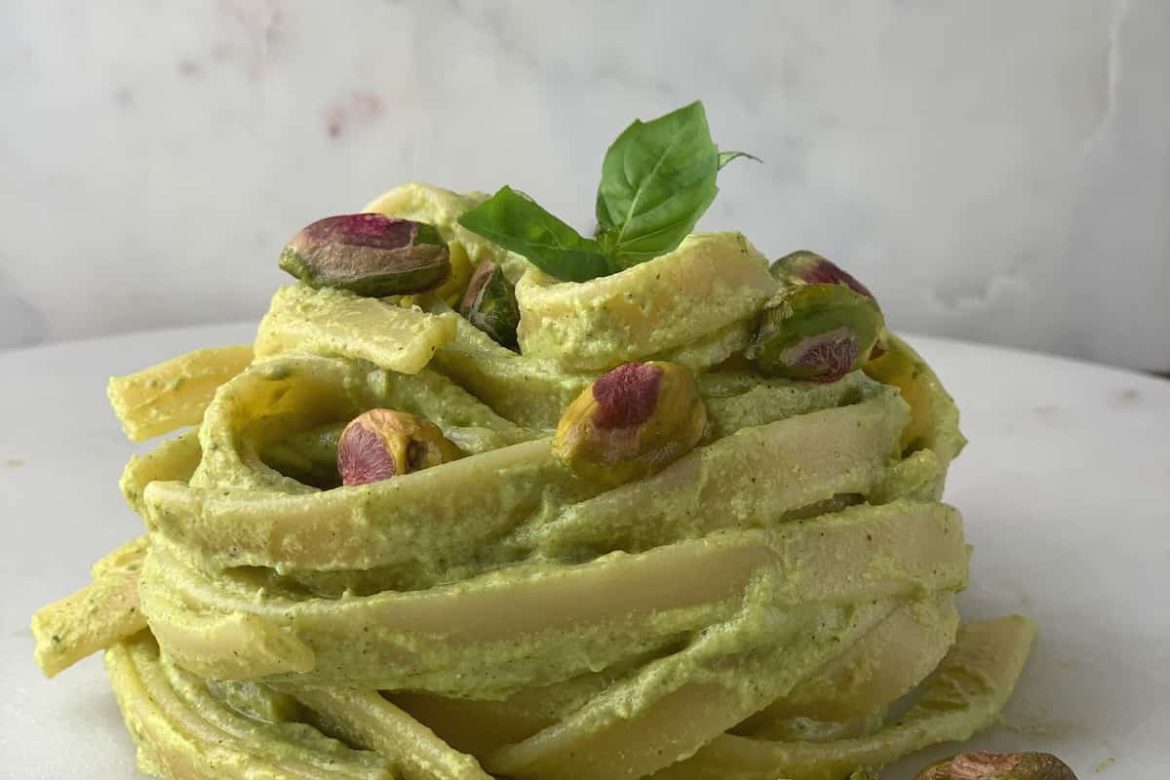
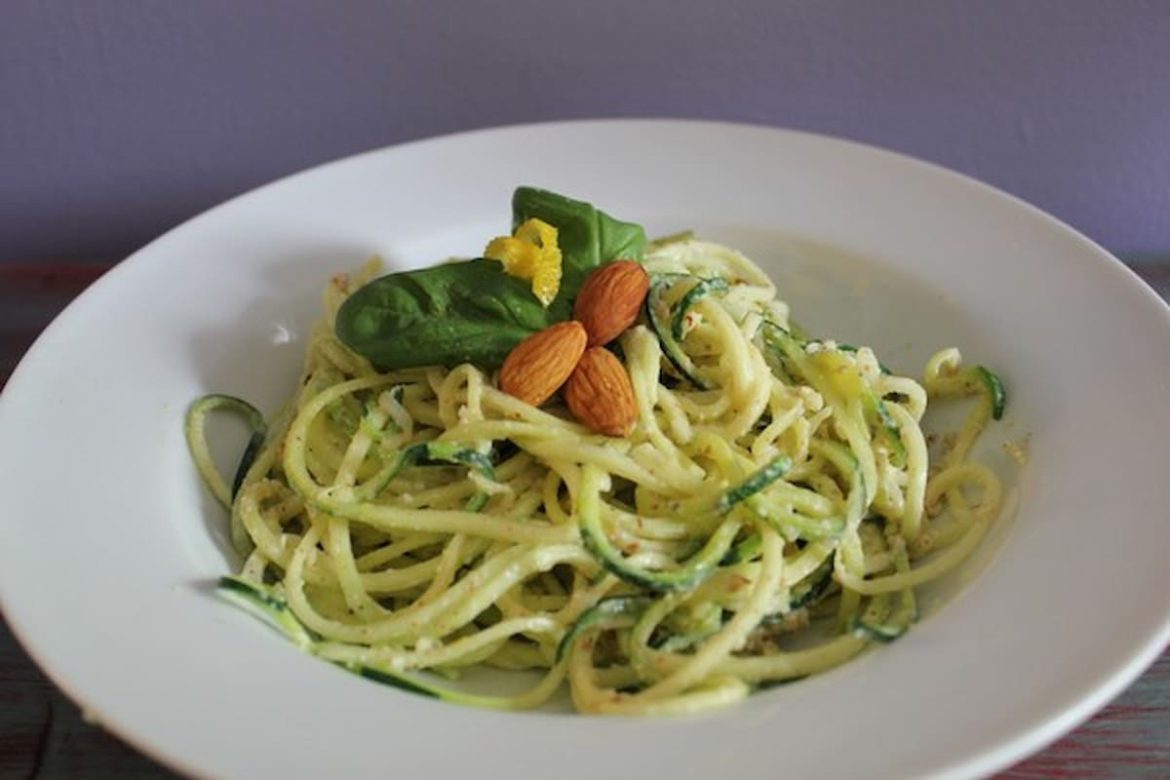
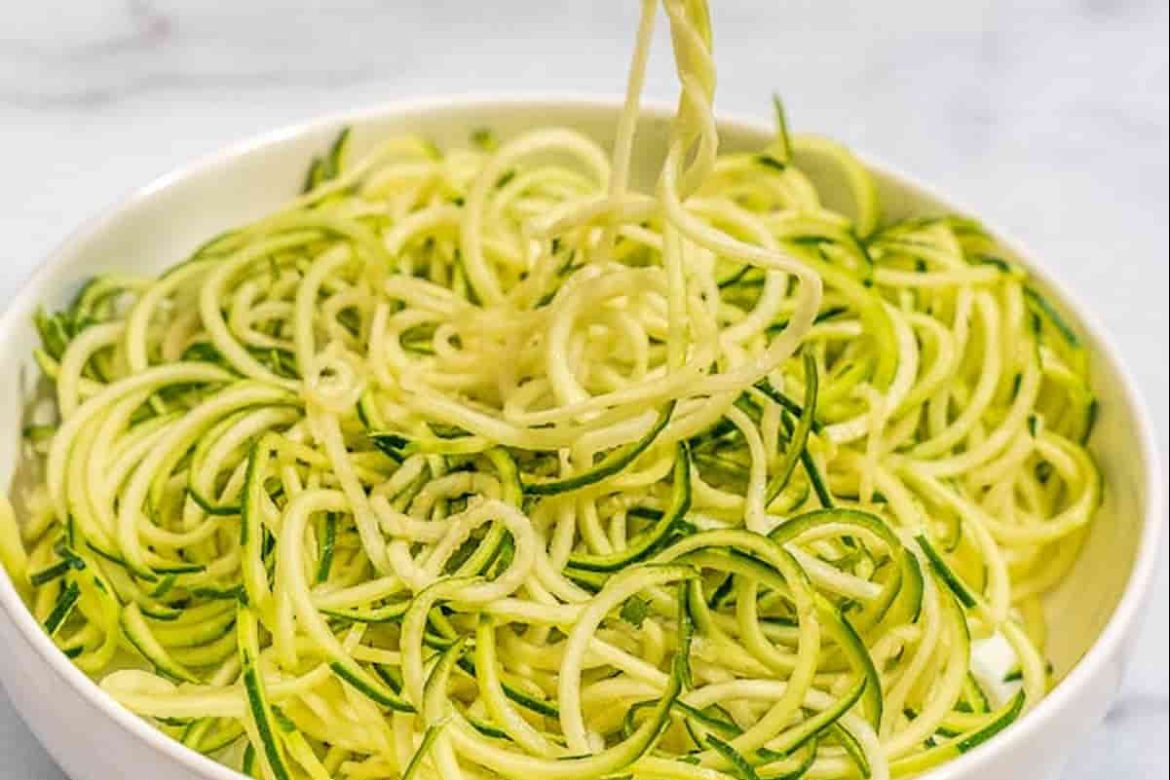
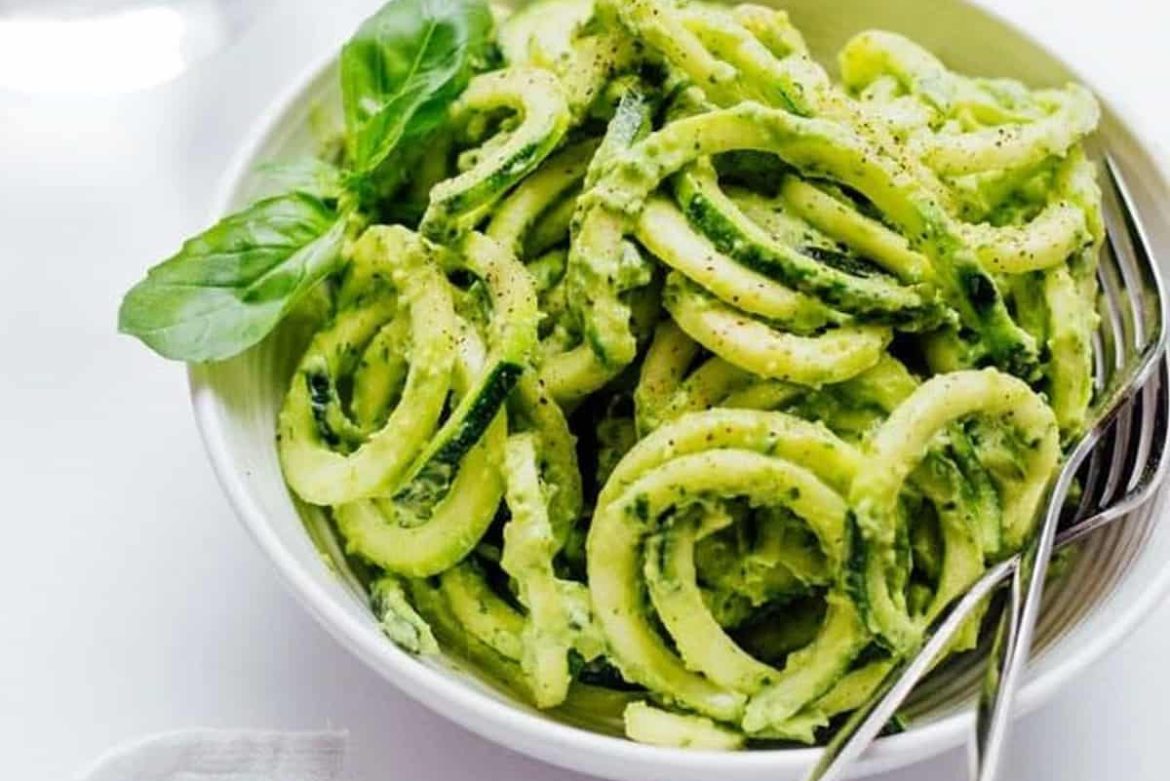

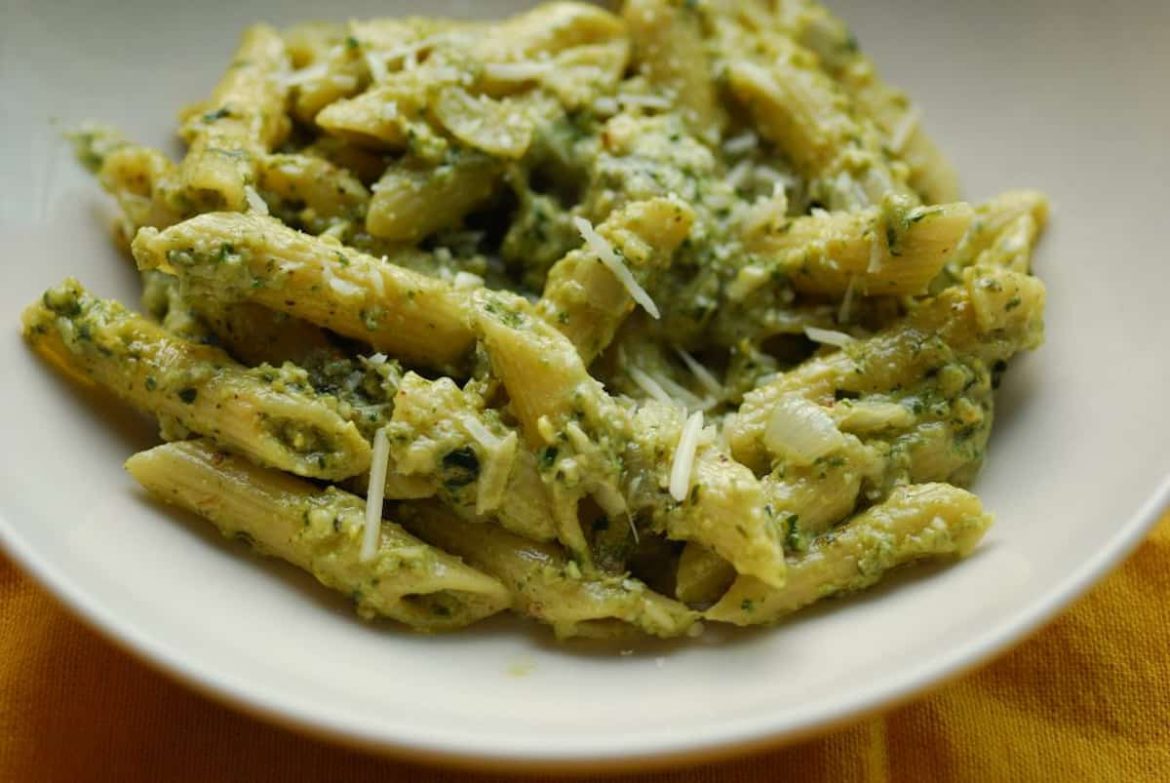
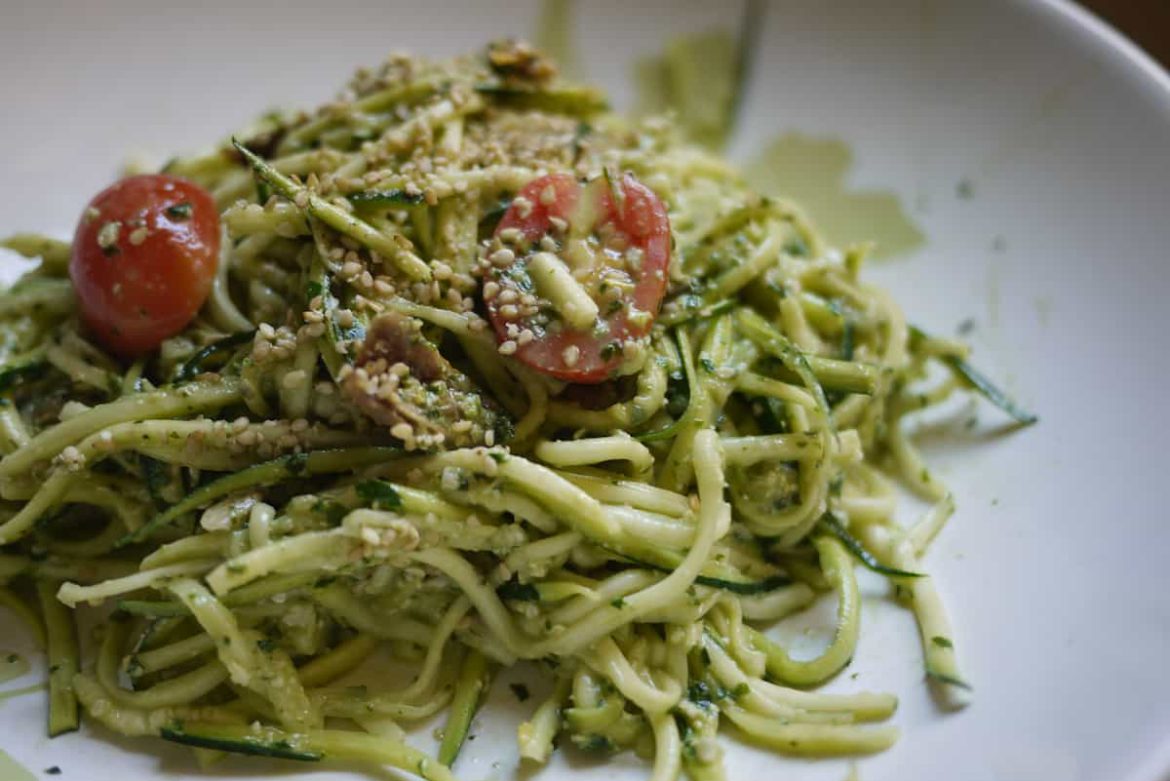
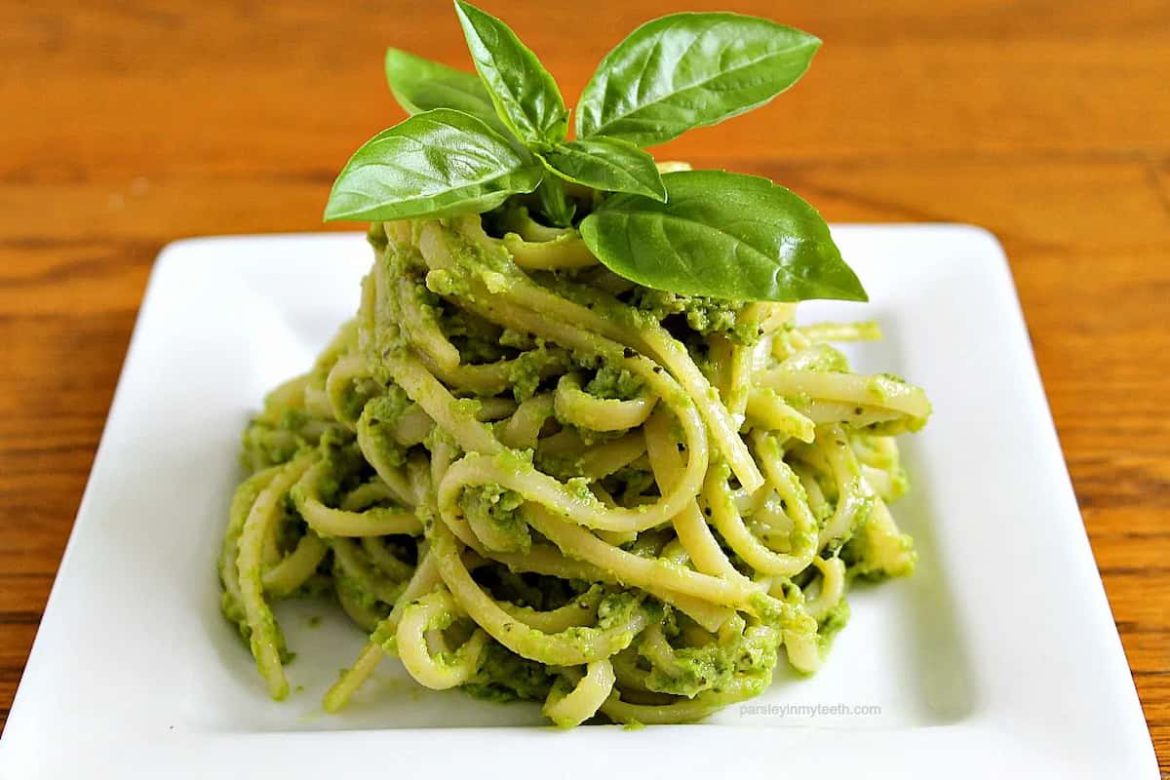
Your comment submitted.